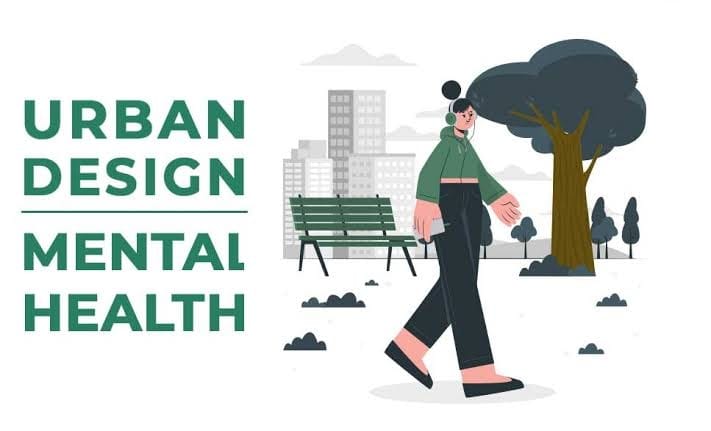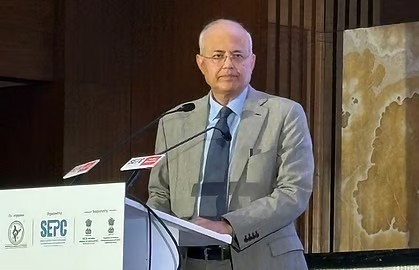 Image Source: Urban Design Lab
Image Source: Urban Design Lab
As urban populations continue to increase, urban planners and policymakers are remaking the built environment to address a growing crisis: the creation of so-called "anxious cities." The term defines the way city design-through noise, density, lack of green space, and fractured infrastructure-can intensify psychological pressure and produce chronic stress, depression, and anxiety among residents.
Current studies underscore the complex interrelationship between the well-being of urban inhabitants and the shape, pattern, and spatial logic of the city. Inadequately planned cities subject citizens to constant noise, inadequate transport, traffic jams, and a lack of public area, injecting suffering into everyday life. Conversely, considered urban planning-greenspace, shared mobility, and accessible social space-can make cities proactive promoters of human well-being.
Cities such as Delhi and Mexico City show the stakes: stressed urban communities are faced with elevated depressive symptoms, particularly among marginalized members. High population density, poor infrastructure, and poor privacy exacerbate such impacts, and inaccessibility to secure communal space exacerbates mental health vulnerabilities among marginalized members.
To counteract these trends, it is best to adopt a holistic urban planning strategy that prioritizes emotional sustainability. The key strategies are as follows:
Increasing exposure to blue spaces, gardens, and parks to decrease stress and improve restoration.
Designing neighborhoods with pedestrian-oriented streets, park-like boulevards, and parks to encourage physical activity and social contact.
Noise pollution and visual overload reduction through thoughtful zoning and street design.
Designing safe, public, accessible spaces that foster social bonding and connection.
Provide equal access to mental health treatment and support systems. The vision is clear: with wisdom and empathy, cities can transform from being passive generators of distress to being active champions of the human spirit. The decisions today in housing, transport, and land use will reverberate through generations, determining whether urban spaces become arenas for chronic stress or environments for human flourishing.
Source: World Economic Forum
Advertisement
Advertisement








